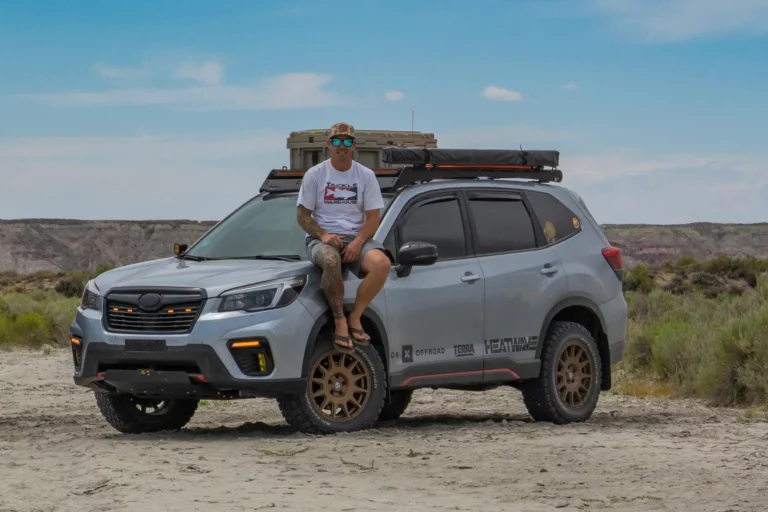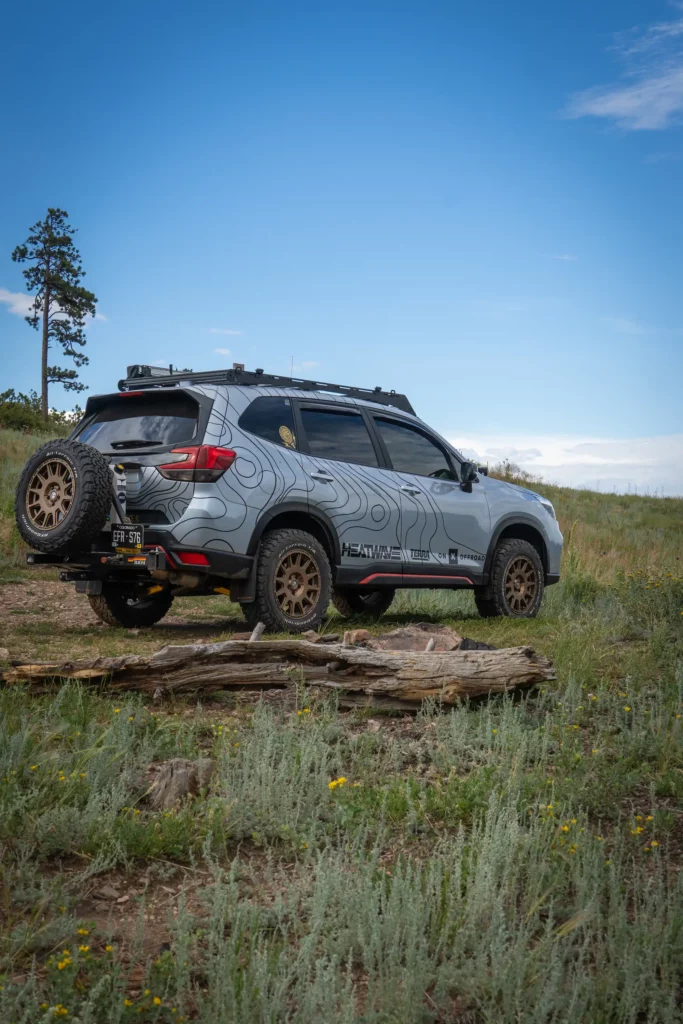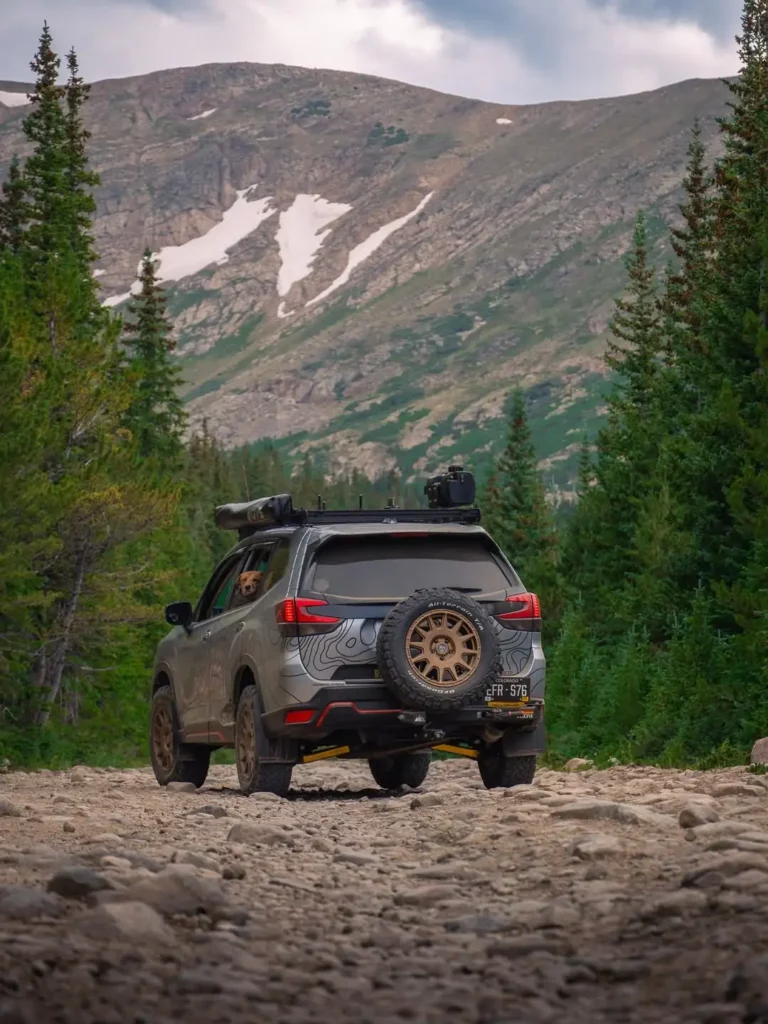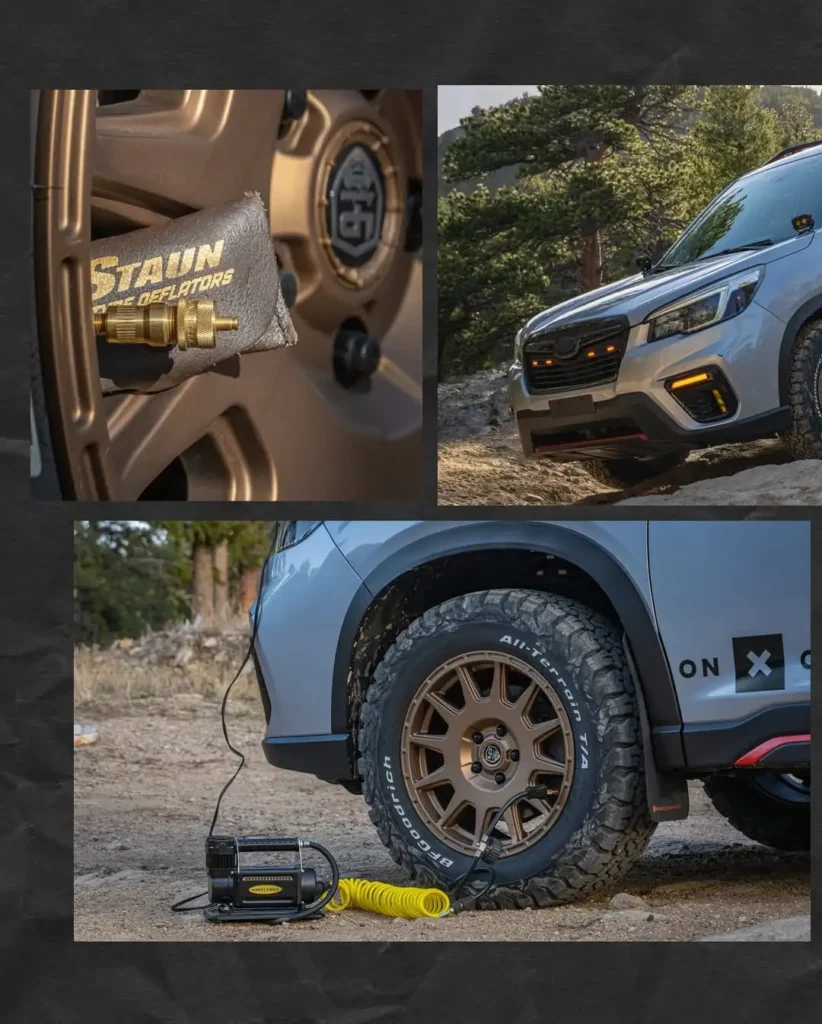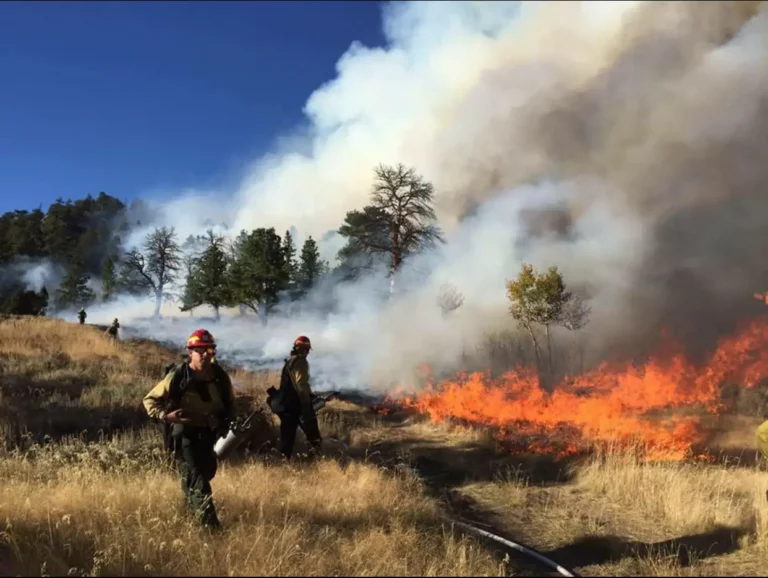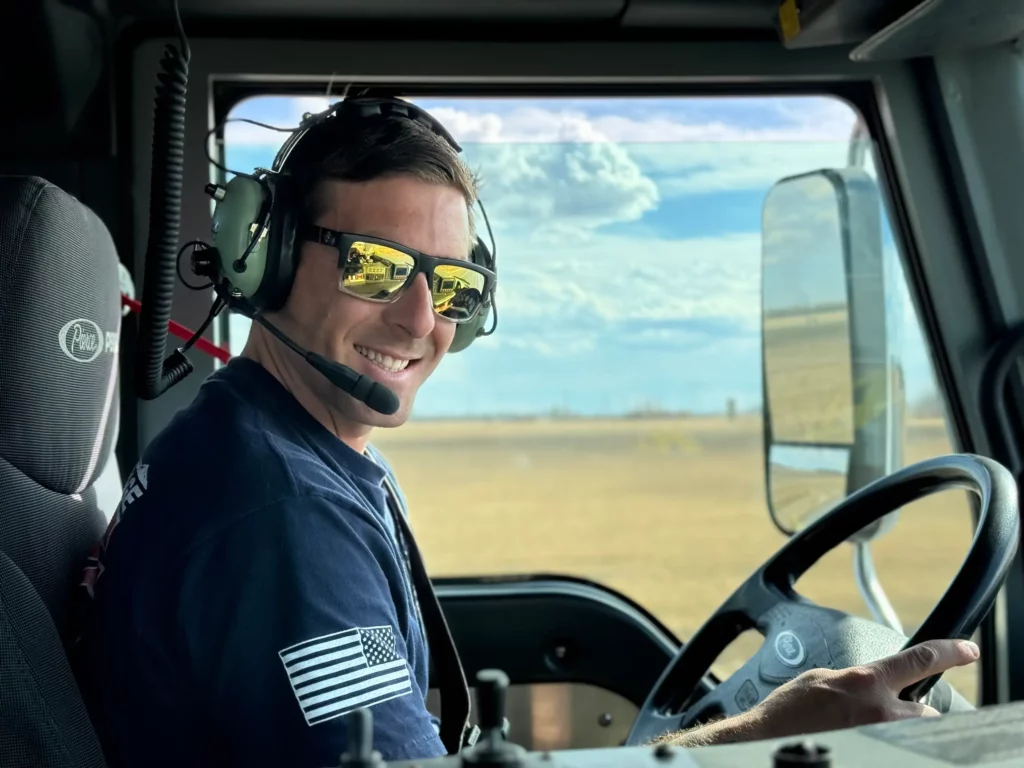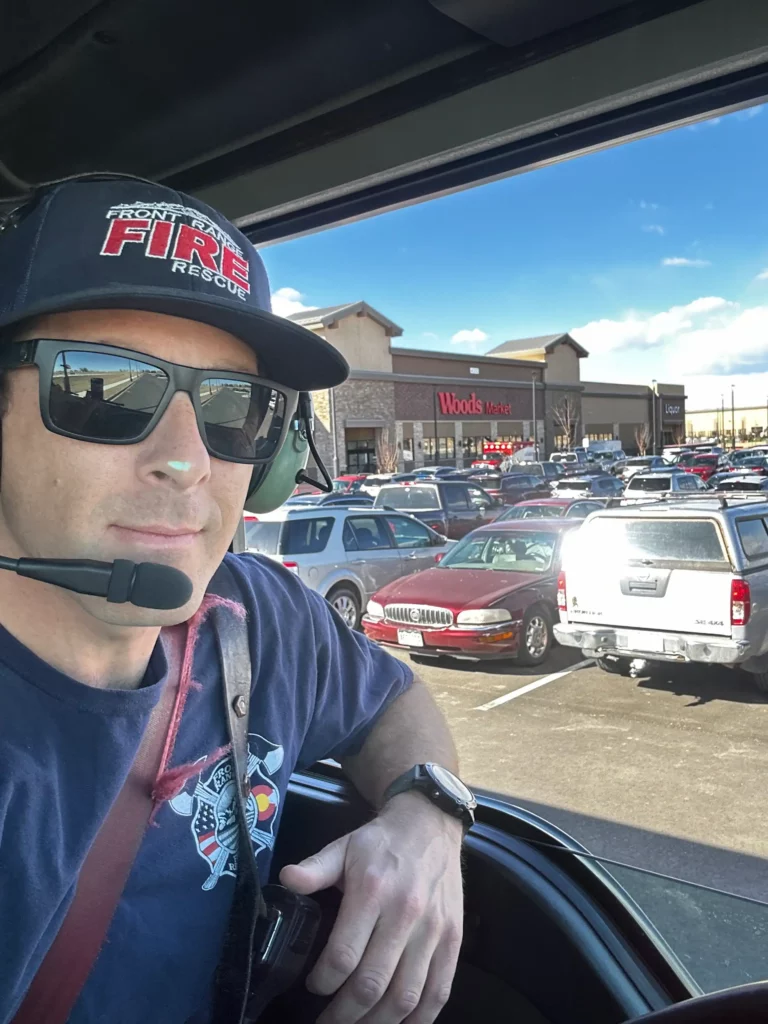Chris is a firefighter. He has been in the fire service about 10 years. It started after initially moving to Colorado, and he spent five seasons doing wildland firefighting with the Forest Service. In the off-seasons he worked in hospital operating rooms as a perioperative services assistant. He has also deployed to fires in Oregon. He describes wildland as his first hard physical labor job and says the work shaped how he plans, packs, and problem-solves on the trail.
I really appreciate how his attention to detail from his professional life has carried over to the Forester build. His thought processes made an impact on the way I will modify and accessorize my vehicles moving forward.
Check out some of these photos of Chris on the job as a firefighter.

